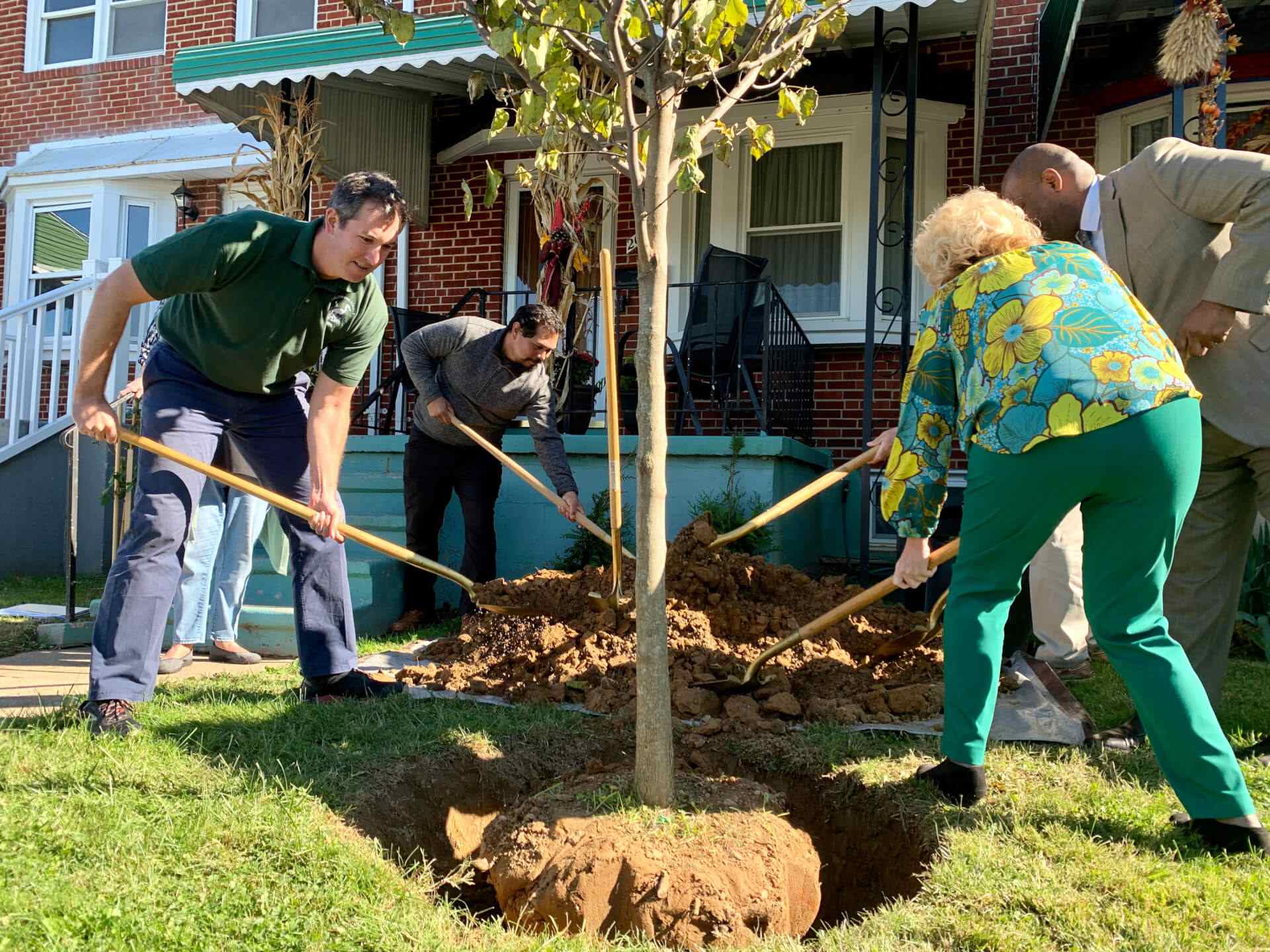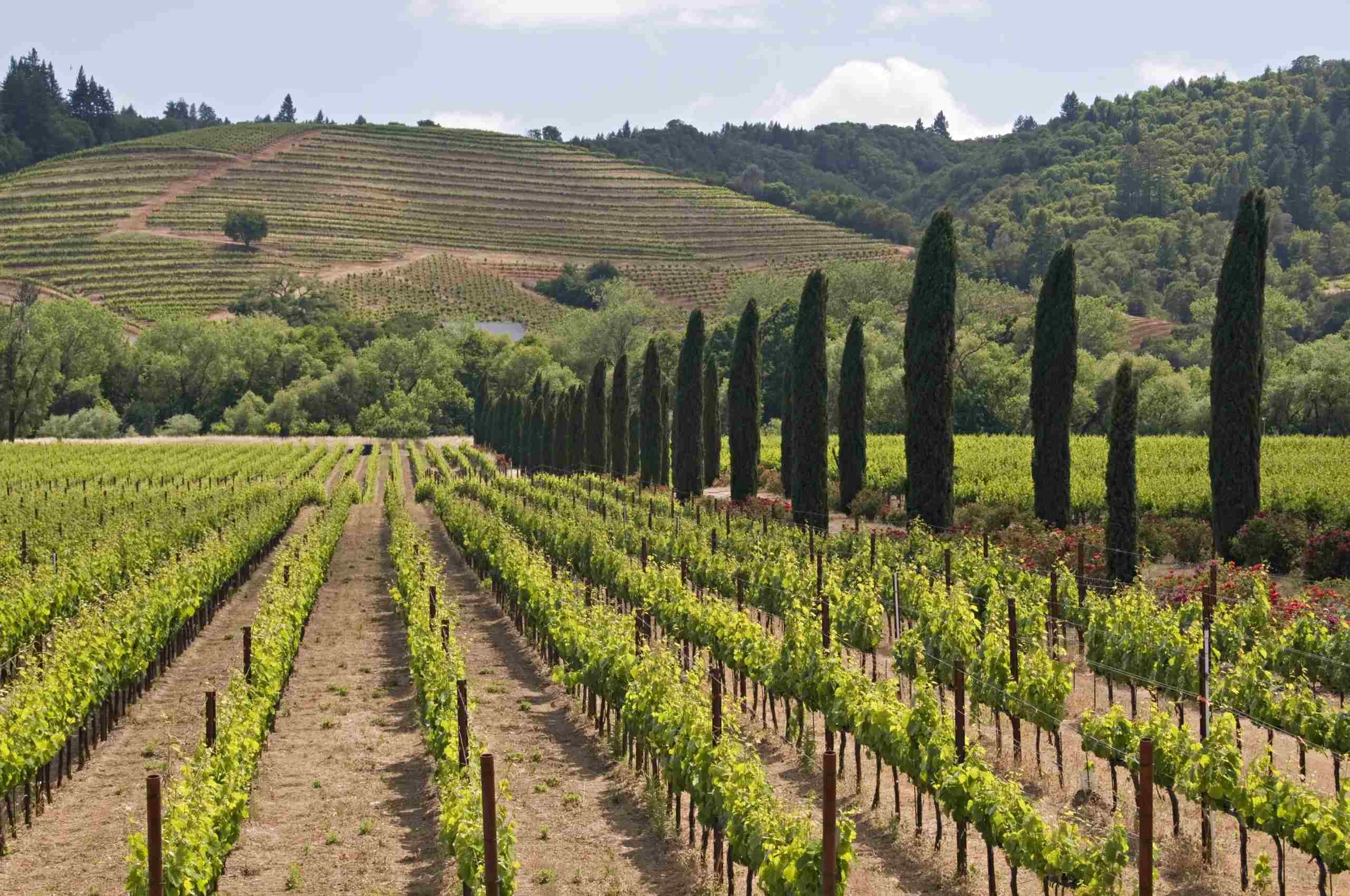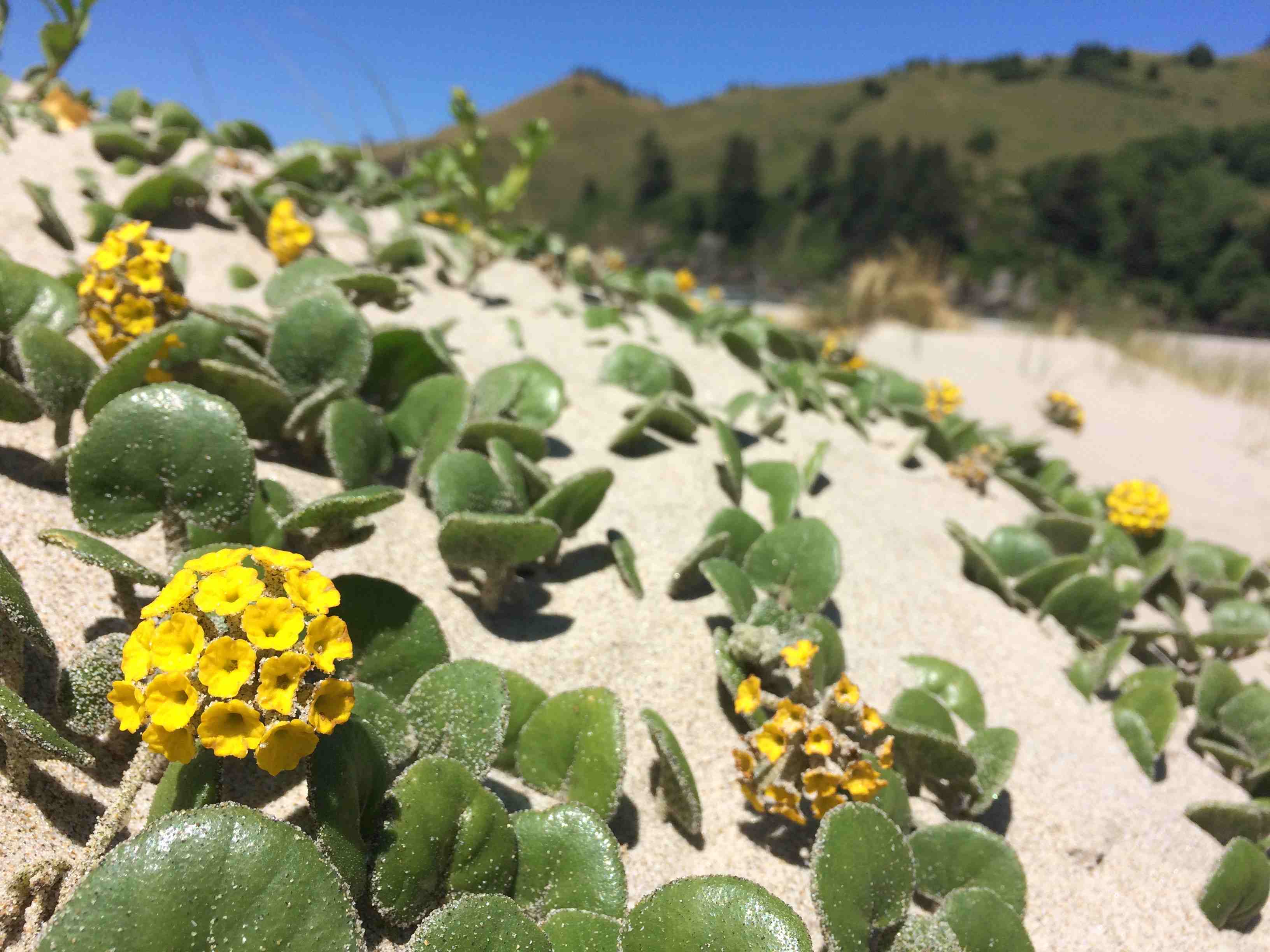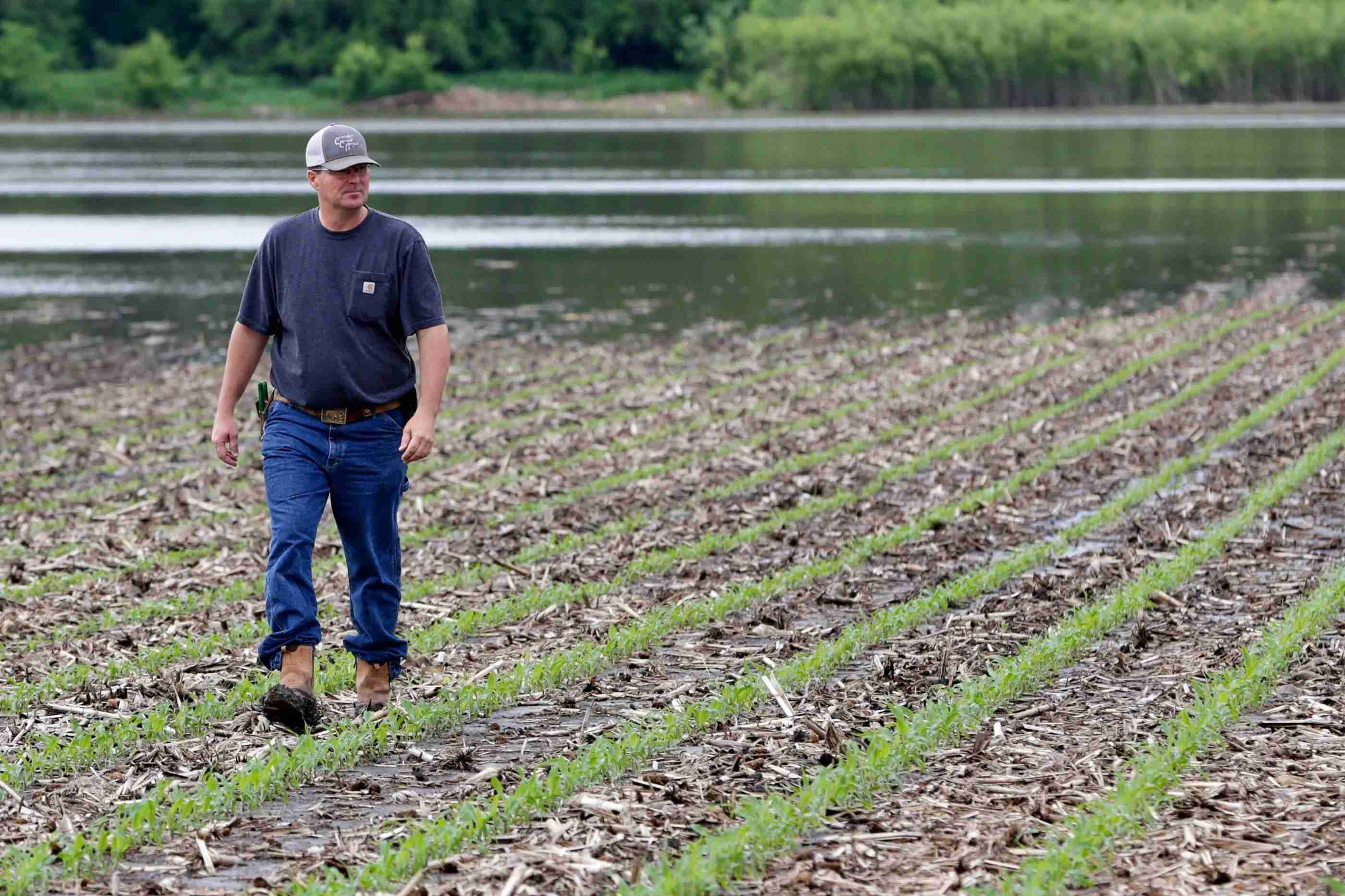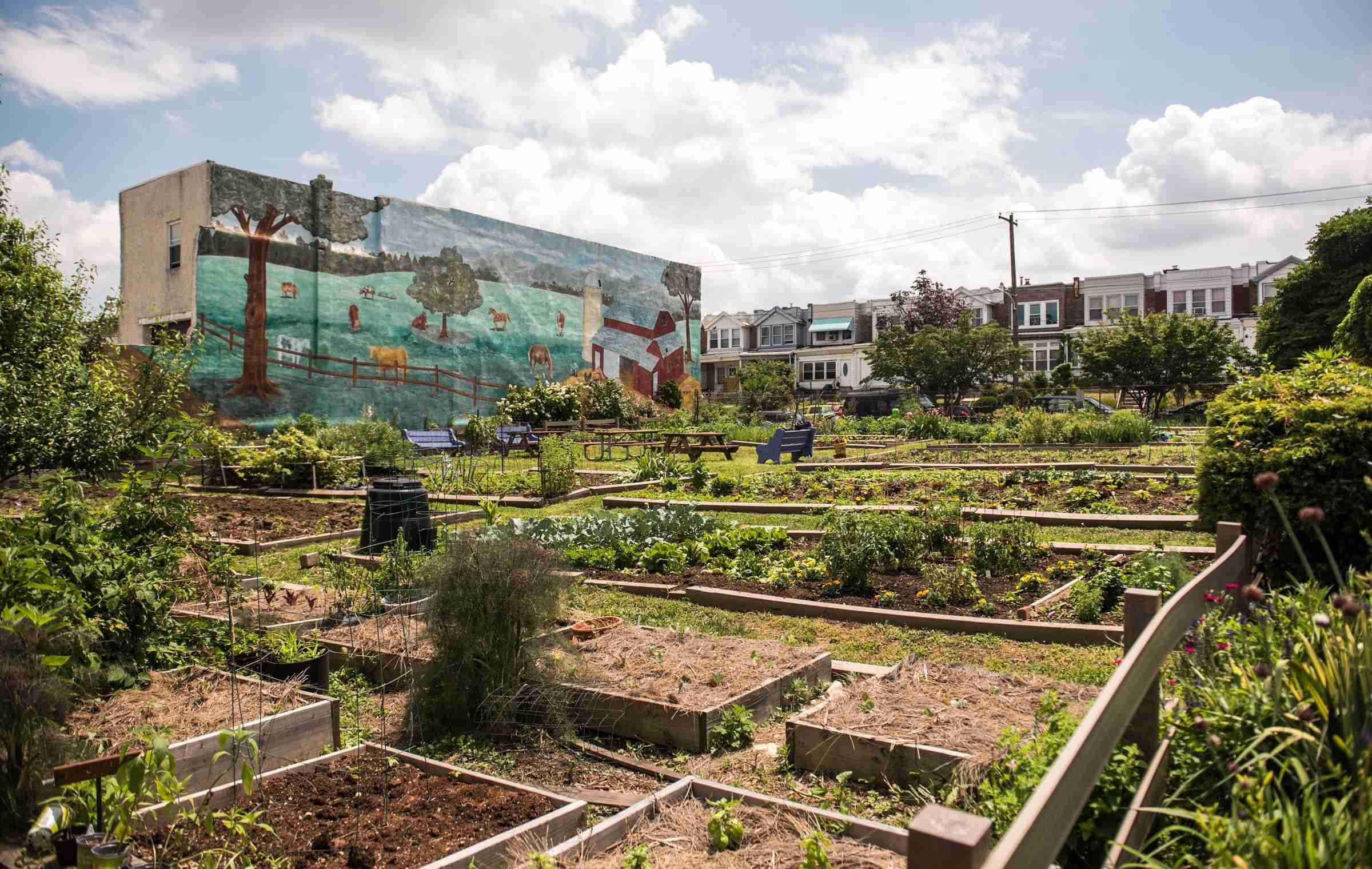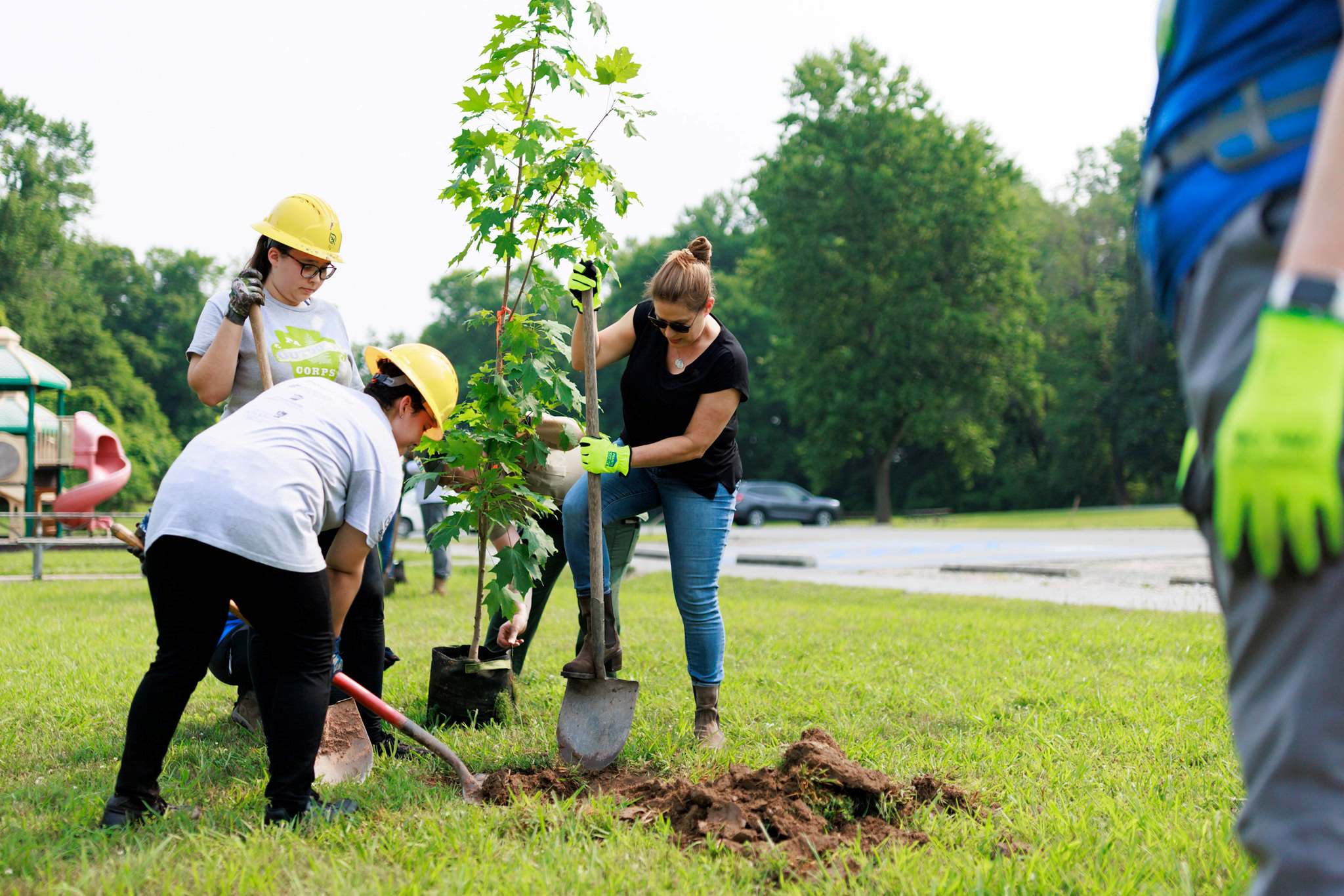Home>Gardening Basics>Understanding Soil>What Planting Zone Is Montana
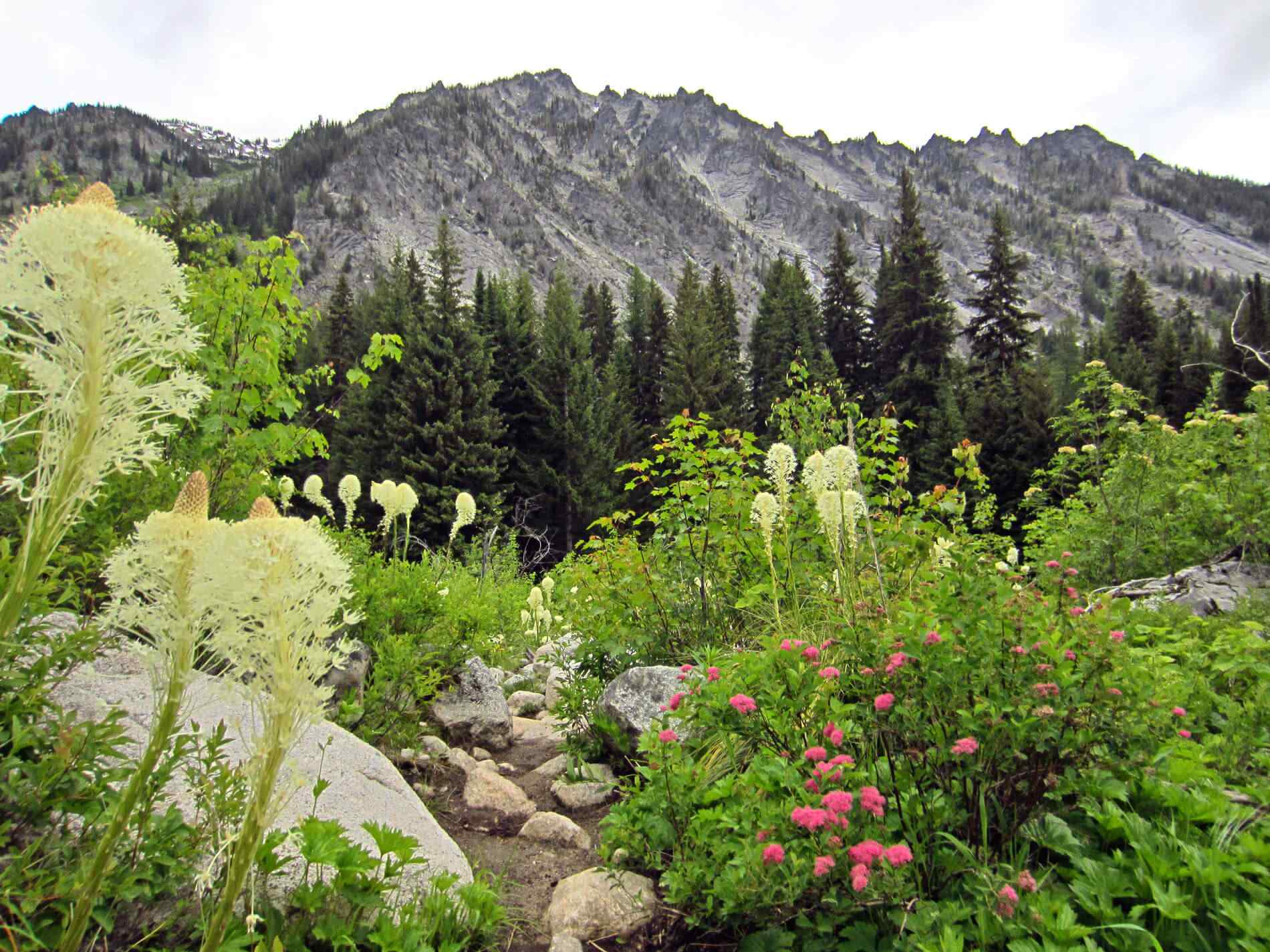

Understanding Soil
What Planting Zone Is Montana
Modified: January 22, 2024
Find out what planting zone Montana is in and understand the importance of soil in successful gardening.
(Many of the links in this article redirect to a specific reviewed product. Your purchase of these products through affiliate links helps to generate commission for Chicagolandgardening.com, at no extra cost. Learn more)
Table of Contents
Introduction
When it comes to successful gardening, understanding the specific planting zones for your region is crucial. Each area has its own unique combination of climate, temperature, and soil conditions that directly impact the success of your plants. In the case of Montana, being aware of the planting zone is particularly important due to the state’s diverse and varied landscape.
Montana, also known as “Big Sky Country,” is renowned for its majestic mountain ranges, sprawling prairies, and abundant natural beauty. This vast territory encompasses a wide range of climates, from the cold, snowy winters of the mountainous regions to the relatively mild summers of the eastern plains. As a result, the planting zones in Montana can vary significantly across the state.
Understanding Montana’s planting zone will not only help you select the right plants to thrive in your garden but also determine the appropriate planting times and gardening techniques. Whether you’re an experienced gardener or just getting started with your green thumb, this guide will provide you with the essential knowledge to make the most of your gardening endeavors in Montana.
Understanding Planting Zones
Planting zones, also known as hardiness zones, are geographical regions that are categorized based on their average annual minimum temperature. The United States Department of Agriculture (USDA) developed the Plant Hardiness Zone Map, which divides the country into 13 main zones and several subzones. This classification system allows gardeners to determine which plants are most likely to thrive in their specific climate.
The USDA planting zone map takes into account the lowest average temperatures experienced in each region. Each zone is designated by a number, with Zone 1 being the coldest and Zone 13 being the warmest. Understanding your planting zone is crucial because it helps you choose plants that are well-suited to your climate and ensures they have the best chance of survival.
Planting zones are determined by multiple factors, including average minimum winter temperatures, frost dates, snow cover, and heat tolerance. Additionally, other factors such as elevation, proximity to bodies of water, and microclimates within a region can further influence the local climate conditions and planting zones.
It’s important to note that planting zones are not the only consideration when it comes to successful gardening. Other factors like soil type, sunlight exposure, and moisture levels also play a significant role in determining the health and growth of your plants.
By understanding the planting zones in your area, you can make informed decisions about which plants are suitable for your garden. This ensures that your plants have the best chance of thriving, reducing the risk of damage from extreme temperatures and increasing the overall success of your gardening efforts.
The Importance of Planting Zones in Montana
In a state as geographically diverse as Montana, understanding the importance of planting zones is essential for successful gardening. Montana experiences a wide range of climates, from subarctic conditions in the mountainous regions to more temperate climates in the eastern plains. By being aware of the specific planting zones in Montana, gardeners can make informed decisions about what to plant and when to plant it.
One of the significant advantages of knowing Montana’s planting zones is the ability to select plants that are well-suited to the local climate. Different plants have different temperature and cold tolerance levels. By choosing plants that are within your planting zone, you can ensure that they can withstand the lowest temperatures experienced in your region.
Furthermore, planting within the appropriate zone also helps minimize the risk of damage and loss. Plants that are not suited to the local climate may struggle to survive, leading to stunted growth, reduced yield, or even complete loss. By selecting plants that are specifically adapted to Montana’s planting zones, you increase the likelihood of a successful and productive gardening experience.
Additionally, understanding planting zones allows for better timing of planting and harvesting. Each zone has its own recommended planting and harvesting windows, taking into account the average length of the growing season and frost dates. By following these guidelines, you can optimize your gardening schedule and make the most of the available growing time.
In Montana, where the climate can be unpredictable and subject to rapid changes, knowing your planting zone is even more crucial. It allows you to be prepared for sudden temperature drops, early or late frosts, and other weather-related challenges. By choosing plants that are well-adapted to your specific zone, you provide them with the necessary resilience to withstand the variable climate conditions in Montana.
Ultimately, understanding and respecting planting zones in Montana can save you time, money, and effort. By selecting plants that are suited to your zone, you optimize their chances of thriving and minimize the risk of failure. Whether you have a small backyard garden or a larger-scale agricultural operation, being mindful of planting zones is a fundamental aspect of successful and sustainable gardening in Montana.
Determining Montana’s Planting Zone
Determining Montana’s planting zone is an important step in understanding the specific climate conditions and selecting appropriate plants. While Montana experiences a wide range of climates, the USDA Hardiness Zone Map serves as a reliable guide for identifying the planting zones within the state.
To determine your specific planting zone in Montana, you can refer to the USDA Hardiness Zone Map, which divides the country into regions based on the average minimum winter temperatures. The map assigns each zone a numerical value, ranging from Zone 1 for the coldest areas to Zone 13 for the warmest regions.
In Montana, the planting zones can vary significantly across the state due to variations in elevation, topography, and proximity to bodies of water. For example, the mountainous regions in western Montana tend to have colder temperatures and fall into lower-numbered zones, while the eastern plains and river valleys have milder conditions and fall into higher-numbered zones.
In addition to the USDA Hardiness Zone Map, local agricultural extension offices, nurseries, and garden centers can provide valuable information on planting zones specific to your area. These sources often have knowledge of localized climate conditions and can offer insights to help you make more informed decisions about your garden.
Another way to determine your planting zone in Montana is by analyzing historical weather data. Studying the local temperature records, average frost dates, and snow cover can give you a better understanding of the climate patterns in your specific region.
It’s important to note that while the USDA Hardiness Zone Map and local resources provide valuable information, they should serve as guides rather than strict rules. Microclimates, which are small areas with unique climatic conditions, can exist within larger planting zones. Factors such as elevation, wind patterns, and even the proximity of buildings and trees can create microclimates that differ from the general zone classification.
By combining information from various sources and considering your specific location in Montana, you can determine your planting zone with greater accuracy. This knowledge will empower you to make informed decisions about plant selection, planting times, and other gardening practices that are tailored to the unique conditions of your area.
Factors Affecting Montana’s Planting Zone
Several factors influence Montana’s planting zones and contribute to the diverse climate conditions experienced across the state. Understanding these factors is crucial for selecting the right plants and implementing effective gardening strategies.
1. Temperature: Temperature is one of the primary factors determining Montana’s planting zones. Different regions of the state experience varying average minimum winter temperatures, which directly impact the types of plants that can thrive in each zone. The colder mountainous areas have lower planting zones, while the milder plains and valleys have higher zones.
2. Elevation: Montana’s diverse landscape contributes to variations in elevation, which in turn affects the planting zones. Higher elevations generally experience cooler temperatures and shorter growing seasons, resulting in lower planting zones. Conversely, lower elevations in valleys and plains tend to have milder temperatures and longer growing seasons, leading to higher planting zones.
3. Proximity to Bodies of Water: The proximity of an area to large bodies of water, such as lakes or rivers, can influence the local climate and planting zone. Areas closer to water bodies tend to have more moderate temperatures due to the water’s heat-retaining properties. This can result in slightly higher planting zones compared to nearby areas that are farther from water sources.
4. Microclimates: Microclimates are small-scale variations in climate within larger regions. Factors such as topography, wind patterns, sun exposure, and even the presence of buildings or trees can create microclimates that differ from the general planting zone. For example, a sheltered garden next to a south-facing wall might have a slightly higher planting zone due to the additional warmth provided by the wall.
5. Soil Conditions: The type and quality of the soil also play a role in Montana’s planting zones. Different plants have different soil requirements, and certain soil characteristics may be more prominent in specific areas. Soil composition, texture, pH levels, and drainage capacity can vary across the state, affecting plant growth and suitability for different plants.
It’s important to keep in mind that these factors work together and should be considered holistically when determining your specific planting zone in Montana. By understanding how temperature, elevation, water proximity, microclimates, and soil conditions interact, you can make more informed choices regarding plant selection, planting times, and overall garden management.
Consulting local experts, such as agricultural extension offices, nurseries, and experienced gardeners in your area, can provide valuable insights into the specific factors influencing your planting zone. This knowledge will help you optimize your gardening efforts and increase the likelihood of success in Montana’s diverse climate conditions.
Planting Tips for Montana Gardeners
Gardening in Montana can be a rewarding and fulfilling experience, but it does require some special considerations due to the state’s unique climate and planting zones. Whether you’re a seasoned gardener or a beginner, here are some essential planting tips to help you achieve success in your Montana garden:
1. Choose cold-hardy plants: Select plants that are well-adapted to Montana’s colder temperatures and shorter growing seasons. Look for varieties that are specifically labeled as cold-hardy or suitable for your specific planting zone. This will increase the chances of your plants thriving in the challenging Montana climate.
2. Pay attention to frost dates: Monitor the average last frost date in spring and the first frost date in fall for your specific area. Use these dates as a guide for when to plant or transplant sensitive plants, such as tomatoes or peppers. Planting too early or too late can expose your plants to frost damage, so timing is crucial.
3. Consider season extenders: Due to the shorter growing season in many parts of Montana, consider using season extenders like cold frames, hoop houses, or row covers. These structures can help protect plants from frost, extend the growing season, and provide a more favorable environment for temperature-sensitive crops.
4. Amend your soil: Montana soils can vary in composition and fertility. Before planting, test your soil and amend it with organic matter such as compost or well-rotted manure. This will improve its structure, drainage, and nutrient-holding capacity, creating a more favorable environment for plant growth.
5. Plan for water management: Montana’s climate can be dry, especially in certain regions. Implement proper water management techniques to ensure your plants receive adequate moisture without overwatering. Consider installing drip irrigation systems, mulching to retain soil moisture, and watering early in the day to reduce evaporation.
6. Choose drought-tolerant plants: Selecting plants that are adapted to drier conditions can make gardening in Montana more sustainable. Look for native or drought-tolerant plant species that require less water and are better suited to the local climate. These plants will not only conserve water but also require less maintenance overall.
7. Rotate your crops: Practice crop rotation to prevent the buildup of pests and diseases in the soil. Rotate your plants each year according to their botanical families, as different families have different susceptibility to pests and diseases. This will help maintain the health and productivity of your garden over time.
8. Protect against wildlife: Montana is home to a diverse array of wildlife, including deer, rabbits, and birds, which can pose challenges to your garden. Use fencing, deterrents, or netting to protect your plants from being nibbled or damaged by wildlife, especially during vulnerable stages of growth.
Remember, gardening is a continuous learning process, and not all plants will thrive in every region of Montana. Take note of which plants succeed and which struggle in your garden, and adjust your choices accordingly. Stay connected with local gardening communities, attend workshops, and seek advice from experienced gardeners to expand your knowledge and improve your gardening skills.
With these planting tips and a little patience and experimentation, you can create a vibrant and productive garden that thrives in Montana’s unique climate and brings you joy throughout the growing season.
Conclusion
Gardening in Montana requires a deep understanding of the state’s planting zones and the factors influencing them. By recognizing the importance of planting zones, gardeners can make informed decisions about plant selection, planting times, and gardening techniques to ensure success in their gardens.
Understanding Montana’s diverse climate and planting zones allows gardeners to choose plants that are well-suited to the local conditions. By selecting cold-hardy plants, paying attention to frost dates, and considering season extenders, gardeners can mitigate the challenges posed by Montana’s shorter growing season and colder temperatures.
Factors such as elevation, proximity to bodies of water, and microclimates within a region also play a significant role in determining the planting zones within Montana. By taking these factors into account, gardeners can tailor their gardening practices to the specific conditions of their area.
Additional considerations like soil conditions, water management, and pest control strategies are crucial for Montana gardeners. By understanding the unique challenges posed by Montana’s climate and wildlife, gardeners can implement proper soil amendments, water conservation techniques, and wildlife protection measures to optimize their gardening efforts.
Gardening in Montana is a rewarding endeavor, offering an opportunity to connect with nature, grow food, and create beautiful landscapes. With the knowledge gained about planting zones and the tips provided, gardeners in Montana can cultivate thriving gardens that bring joy and satisfaction throughout the growing season.
So, whether you have a small backyard garden in Missoula or a larger agricultural operation in Great Falls, understanding Montana’s planting zones will serve as a valuable guide for achieving gardening success.
